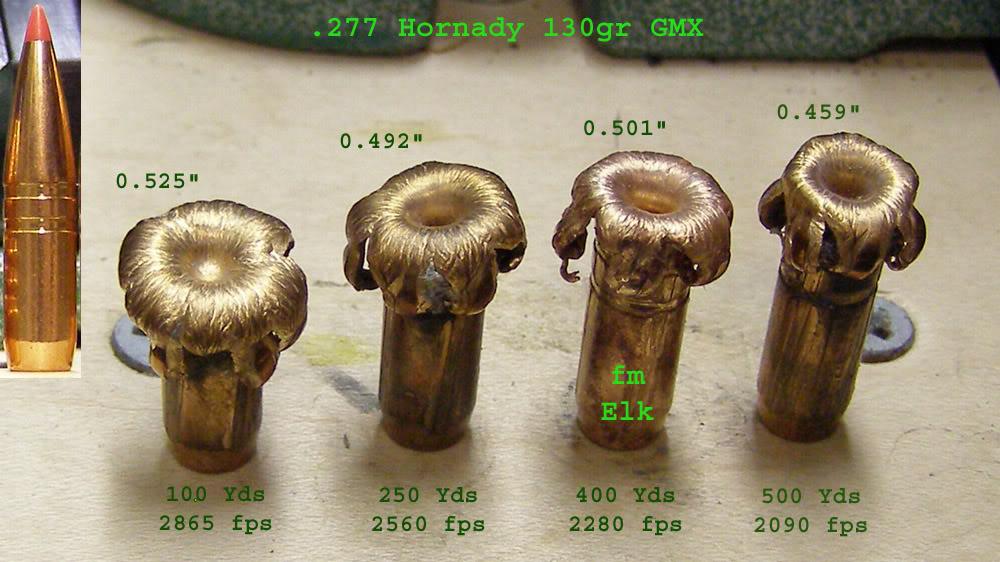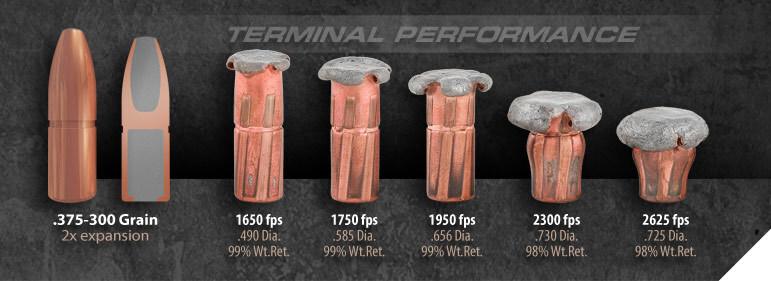I know almost all manufacturers list a velocity range for a particular bullet. That range is often 1000-1500 fps (or more) from the max to the min. How can a bullet perform optimally with that variance in speed? I mean a bullet at 3000 fps cannot perform remotely close to the same bullet traveling at 1800 fps!
Most all the calibers I shoot are more traditional/vanilla compared to most of you. I use a 7mm-08 and 308 for deer and 223 for coyotes. I hear most people say that at 7mm-08 and 308 every bullet performs well.....
What is the optimal velocity for different bullets? I'm guessing you cannot shoot a Barnes bullet too fast, and slower means far less expansion. At the other end of the spectrum would probably be a Berger which it seems performs best once velocity has been depleted.
Most all my shots are short range with "mild" calibers. I'm curious if there seems to be narrow speed ranges that people feel work best. For example a Barnes is best over 3000 fps and a Berger is at its best at 2200-2500 fps.
What say you? What are your experiences? Does shot placement change your velocity range? I am looking for a bullet that mushrooms to as big as possible quickly, but does not come apart!
Looking forward to hearing everyone's experiences.
Steve
Most all the calibers I shoot are more traditional/vanilla compared to most of you. I use a 7mm-08 and 308 for deer and 223 for coyotes. I hear most people say that at 7mm-08 and 308 every bullet performs well.....
What is the optimal velocity for different bullets? I'm guessing you cannot shoot a Barnes bullet too fast, and slower means far less expansion. At the other end of the spectrum would probably be a Berger which it seems performs best once velocity has been depleted.
Most all my shots are short range with "mild" calibers. I'm curious if there seems to be narrow speed ranges that people feel work best. For example a Barnes is best over 3000 fps and a Berger is at its best at 2200-2500 fps.
What say you? What are your experiences? Does shot placement change your velocity range? I am looking for a bullet that mushrooms to as big as possible quickly, but does not come apart!
Looking forward to hearing everyone's experiences.
Steve




